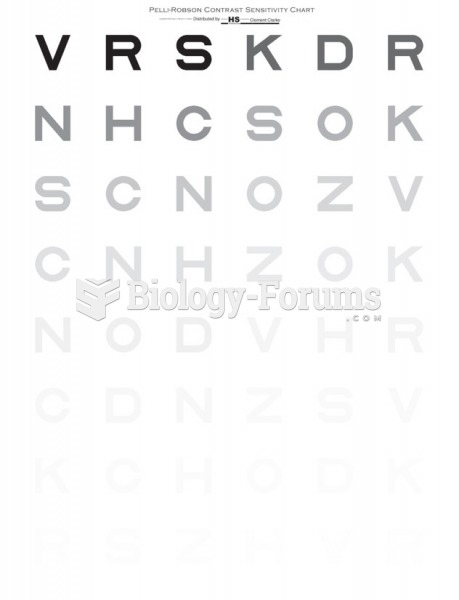Answer to Question 1
Medication usual for underlying psychopathology such as depression and anxiety; not particularly useful for anorexia but has shown some promise for bulimia
Individual psychotherapy CBT-E has been effective; development of a therapeutic alliance with therapist is essential
Family therapy address parental issues related to eating and appearance; include family in treatment sessions to address communication and other family related issues
Group therapy can be helpful if group members provide positive support for each other; can be detrimental if group members encourage disordered eating styles and promote ways to sabotage treatment
Answer to Question 2
Lewinsohn and his colleagues developed a behavioral explanation for depression. This model suggests that a lack of reinforcements leads to feelings of depression. The lack of reinforcement can occur for reasons external to the person or can be an outgrowth of reduced activity. Either way, the depressed person engages in fewer and fewer actions that can be reinforced, so a downward spiral of negative emotions and reduced activity continues. In addition, the sympathy of others may inadvertently reward the depressed person for inaction, so the depression deepens further. Depressed individuals are seen as having weak social skillsthey initiate few conversations, smile less, and complain more, therefore reducing their ability to obtain reinforcement. Lewinsohn's model also indicates that prior to being depressed, individuals who experience major stresses may feel that they can no longer predict their world and, feeling they can no longer control events, become more self-critical. As self-awareness of inadequacy intensifies, the person functions less appropriately and feels less self-confident and more depressed. Therefore, in addition to strictly operant (stimulus-response-consequence) components, this model includes the cognitive and emotional elements of depression.
In Seligman's model of depression, thoughts and feelings of helplessness are learned and depression results from learned helplessnessan acquired belief that one is helpless and unable to affect outcomes in one's life. According to Seligman, people who feel helpless make causal attributions, or speculations about why they are helpless. Individuals who are depressed mistakenly generalize this view to other, controllable situations. Thus, depression is seen as a form of learned helplessness. Depressed individuals make depressive attributions and feel less in control of their lives. Attribution style focuses on the misperception of causes of negative events rather than the awareness of inadequacy. Seligman and his colleagues argue that depressives are pessimists: they see the causes of negative events as due to internal factors (them) and stable traits (rather than ones that can change with time or situation) and as affecting global rather than specific spheres of their lives.
In general, Lewinsohn and Seligman share common ground in assuming that a lack of activity and a belief in lost control are the keys to depression. However, Lewinsohn emphasizes the behavioral deficiencies of people prone to depression, while Seligman points out the attributional (cognitive) deficiencies.







